How to Record Binaural Audio (Methods & Equipment)
Learn about what binaural sound is and how to record it in this article!
“Binaural” is a term that gets thrown around a lot in our industry. It’s used in everything from ASMR videos to music claiming “life-changing” abilities. So what exactly is binaural audio and how does one record it? This article will answer both of these questions.
Links on this page are affiliated with Sovrn and Amazon Associates networks.
What are Binaural Recordings?
Listening to binaural audio creates a 3-D landscape of sound inside your head. You can hear sounds all around you and can pinpoint their location. It is as if you are really standing in the recorded environment.
That’s because binaural recordings replicate what environments sound like to humans. To fully understand how this works, we must do some research on human hearing.
The relationship between our ears, head and brain is fascinating. The three combine to produce instant feedback in response to sound. Within milliseconds of sound waves entering our ear, we already know its pitch, location, and what produced them.
This feat is possible thanks to the natural spacing of our ears, our heads, and interaural differences in time and intensity.
How it works in real life:
A sound that originates on our right side must travel further to reach our left ear. This additional distance will cause each ear to hear the sound slightly differently. One ear will hear the sound first and it will be more intense (louder).
From subtle differences in the time received and volume of sounds, our brain calculates the location the sound originated from.
These subtle differences in time received and intensity are called interaural time and level differences respectively.
The real magic occurs when our brain receives this information. Based on the difference in time and loudness, it tells us where the sound originated from! This directional information is called sound localization.
Binaural recordings attempt to replicate these differences between right and left channel audio.
How to Record Binaural Audio
In order to replicate human hearing and create a 3-D soundscape, binaural recordings must emulate the distance between our ears and the geometry of our heads. Follow these steps to achieve these results.
Obtain a pair of external microphones. Since the internal microphones on handheld field recorders are not spaced properly for binaural recordings, you’ll need to purchase external microphones. You will need one microphone for each “ear.”
Space your microphones 7” (18cm) apart from each other. This is the average distance between human ears. Using this distance is crucial for creating the subtle differences in arrival time and volume. These differences create the 3-D interpretation by your brain.
Place a dense object in the space between mics. Ideally, this object will replicate the geometry of a human head. A popular method in nature recordings is to put a tree trunk between mics.
Start recording. That’s it! You are now recording binaural audio. The next section looks at specific binaural techniques and necessary equipment.
Binaural Recording Methods
There are many ways to record audio with a three-dimensional sound image. Starting with the purest interpretation, we’ll work our way through several of these methods. The best method will depend on your own philosophy, recording style and budget.
True Binaural Audio
This method is for the purist looking to replicate human hearing as accurately as possible. In order to do this, they use anatomically correct ears and mannequin heads.
Below are some popular options in this approach:
Best in the Business: Neumann KU 100 Binaural Microphone
This is the industry leader in true binaural audio.
Designed to reproduce the most accurate reproduction of sound as heard by a human, it’s used by musicians, field recorders and audio engineers.
The low-noise microphones have balanced, XLR outputs boasting 16dB of A-weighted self noise.
It can be mounted or suspended via 5/8” threaded holes located at the top and bottom of the head.
The Neumann KU 100 Binaural Microphone is for sale on Amazon here.
Alternative: B1-E Binaural Microphone
At a fraction of the price, is the B1-E Dummy Head with binaural microphones. It still features anatomically correct ears and the head is more human-like than the KU 100.
It uses low noise microphones with the same specifications of EM-172 capsules, including 80dB SNR, which leads me to believe they are EM172s.
The native output is 3.5mm stereo jack, which is nice for us with handheld recorders. It also comes with an XLR adapter
If interested, you can find it here.
In-Ear Binaural Microphones
If you’re wondering why people spend hundreds on fake ears and heads when we all possess the real things, maybe in-ear binaural mics are for you.
These devices are essentially headphones that have had their speakers replaced with microphones. By wearing the microphones in your ears, they will record accurate, binaural audio.
I really like this method. It greatly simplifies the process and still delivers on quality. It does have some drawbacks though.
Recording with these in your ears will partially block your hearing at best. If they create a good seal in your ear, you may not be able to hear your surroundings at all. This could impact the “naturalness” of recordings because you won’t be reacting to the sounds around you.
Normally, sharp, unexpected or curious sounds will draw our visual attention, causing us to turn our heads. If the in-ear microphones prevent you from hearing those sounds, this action will be missing.
Best Performance: Sound Professionals MS-TFB-2
After doing research in this field, I found the Sound Professionals MS-TFB-2 binaural microphones. They are my top pick for two reasons.
First, they are very low-noise. The specifications list them at just 75dB signal-to-noise ratio, making them the quietest microphones of their kind. Only 75dB SNR is really good, especially considering how small the individual microphones capsules are.
Second, the microphones sit right above your ear canal. Most in-ear mics don’t go this deep into the ear. Deeper placement will offer more accurate recordings of what we really hear.
My concern with these microphones is comfort. Their position is secured in your ear with “extremely comfortable super-soft, In-Ear holders” but I question how comfortable this would be for extended periods.
You can find them on Amazon here.
Pseudo Binaural Audio
Pseudo techniques are less pure forms of recording binaural audio. They still capture three-dimensional soundscapes, but do so without perfectly recreating the human aspect.
My Favorite: DIY Binaural SASS
SASS stands for “Stereo Ambient Sampling System.” Invented in 1987, SASS was designed to mimic human hearing. It uses a foam baffle between angled microphones to create subtle differences in time and volume between channels.
The above photos are of my personal SASS that I built two years ago. Constructed from a yoga block, it is super light weight. It is also super low noise, using two EM-172 capsules for each “ear.”
If you’re interested in making one of these, here is the tutorial that I followed.
Below is a playlist of recordings I’ve made with this rig.
Professional Option: 3Dio Binaural Microphones
The binaural microphones from 3Dio mimic human hearing by pairing anatomically correct ears with ultra low-noise EM-172 mic capsules.
This is a pseudo binaural microphone because there is no head between mics. However, the mics themselves are properly spaced at 7 inches.
This is an interesting option and sample recordings with it really sound good.
3Dio Example Audio:
Related Content:
Conclusion
There we have it. We’ve learned about how human hearing works, how binaural audio replicates our hearing and we’ve discussed several different methods for capturing binaural recordings.
I hope you’ve been inspired to give binaural audio a try! It really is the most immersive way to capture an environment. Have fun experimenting ☺
Support Acoustic Nature
If you enjoyed this post and would like to help support Acoustic Nature, please consider "buying me a coffee" or becoming a Patreon with the buttons below.
As a thank you for your support, Patreon supporters receive a copy of Field Recording For Beginners, exclusive access to the full Behind The Sounds video series, nature sound library downloads, and more.
If you are unable to support the site financially, please share this post with others, or leave a comment below letting me know you enjoyed this post! Both are free and help the website grow. Thank you ♫
Thanks for reading,
-Jared




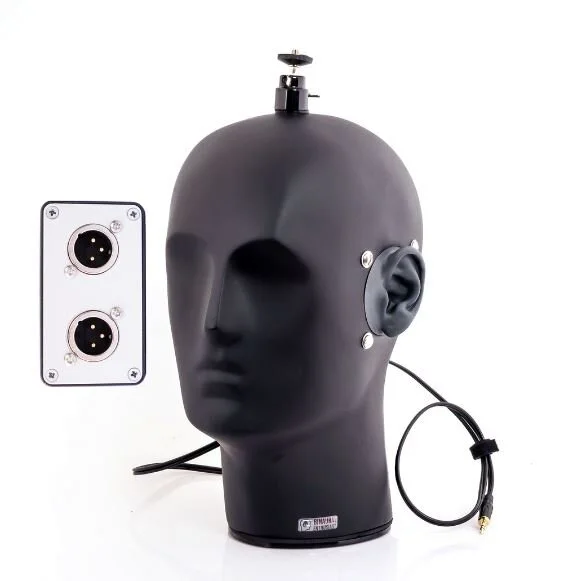
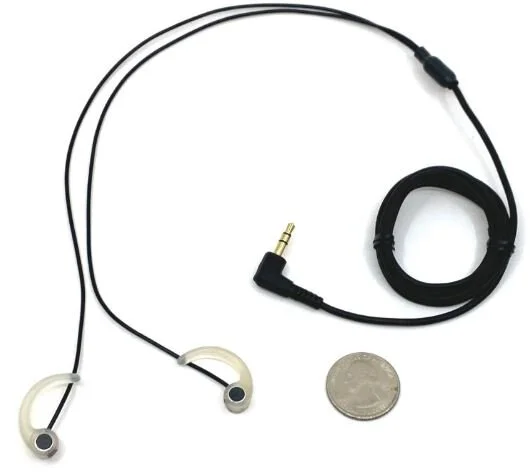

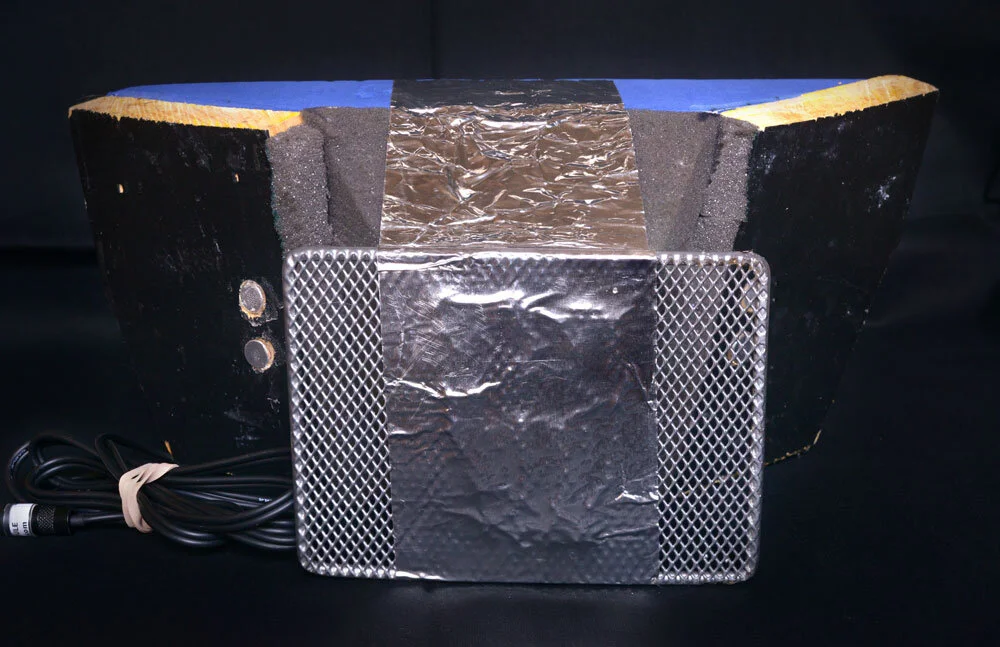
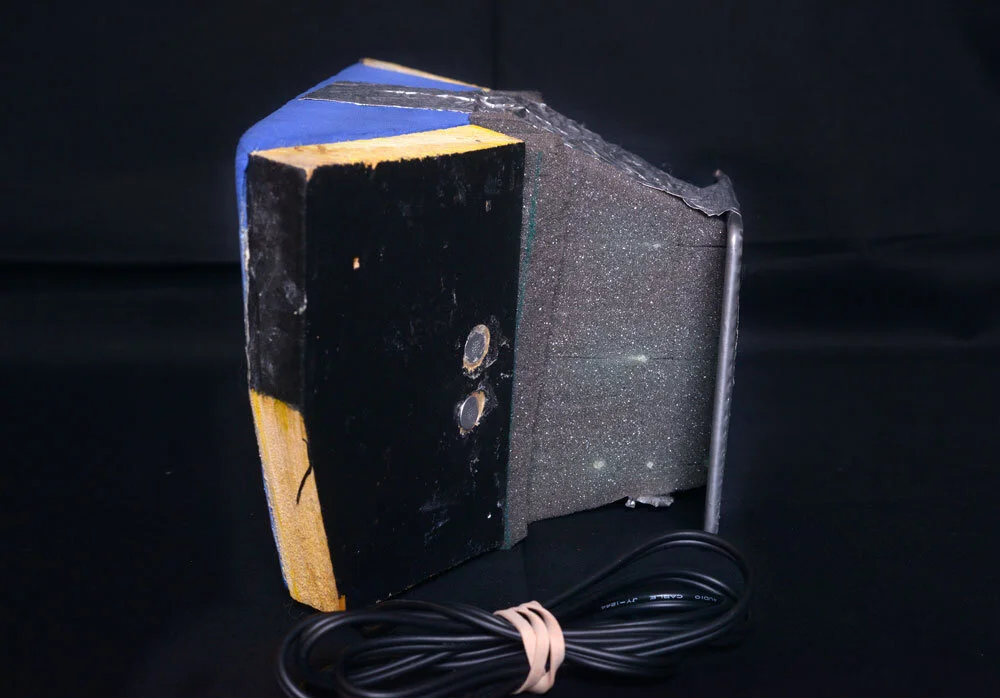
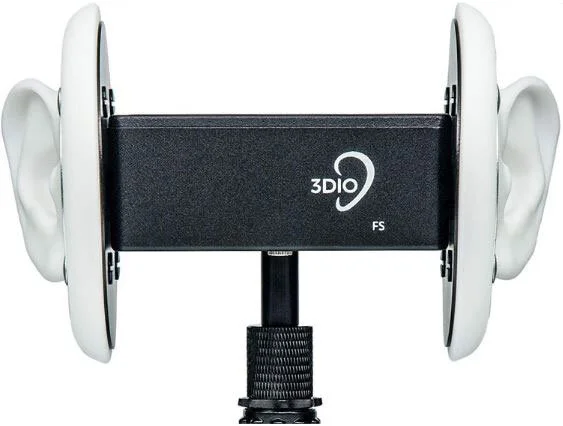


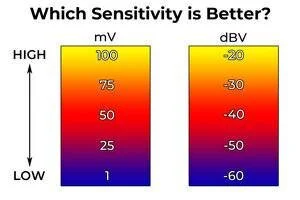





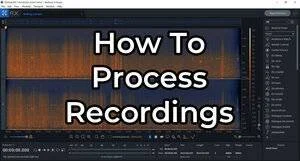
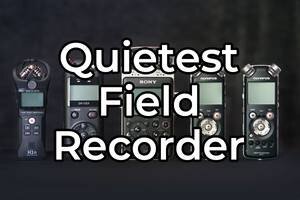


Read this article before purchasing a 3Dio binaural microphone. You’ll be surprised!